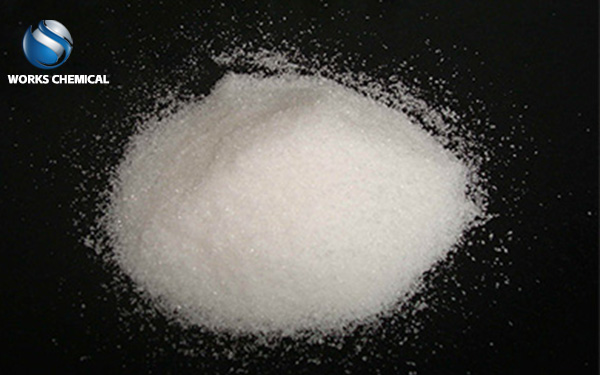
There are significant differences between sludge conditioner and conventional flocculant in many aspects. The following is a detailed analysis and summary of their differences:

Definition and composition
Sludge conditioner:
Definition: A chemical agent that can change the surface structure of the sludge, reduce the surface load of the sludge solid, reduce the specific surface area of the sludge surface, and destroy the structure of bacteria.
Ingredients: water purification agent, organic polymer, sludge stripping agent, sludge surface treatment agent, wall breaking agent degreaser, sludge surface structure modifier, etc.
Conventional flocculants:
Definition: Also known as coagulant, is a reagent that can make solute, colloidal or suspended particles in an aqueous solution destabilize and produce flocculent or flocculent precipitate.
Composition: Usually a group with positive (negative) electricity to neutralize some particles or particles with negative (positive) electricity in water that are difficult to separate.
Second, the principle of action
Sludge conditioner:
Mainly through synergistic action, the surface properties of sludge are changed, the specific surface area of sludge is reduced, the cell wall and cell membrane are destroyed and the intracellular water is released, and then the free water, bound water, capillary water and intracellular water in most biochemical sludge are removed.
Conventional flocculants:
Mainly based on the "convergence" theory, through the group with positive (negative) electricity to neutralize the water with negative (positive) electricity particles or particles, reduce their potential, so that it is in an unstable state, and use its polymerization properties to concentrate these particles, separated by physical or chemical methods.
3. Main features and advantages
Sludge conditioner:
Strong dewatering capacity, can reduce the sludge moisture content from more than 90% to 35%-50%, to achieve sludge reduction.
It is suitable for plate and frame dehydration treatment, and the moisture content of the treated sludge can reach less than 5%, which is better than ordinary polyacrylamide (dehydration rate of about 75%).
Do not use acid inorganic salt, avoid equipment corrosion, reduce filter cloth fouling, prolong service life.
No excess Cl ions will remain in the filtrate and sludge to avoid the impact on the biochemical system in the subsequent treatment of the filtrate.
Conventional flocculants:
Mainly used in the field of water supply and sewage treatment, through the electrical neutralization and polymerization to achieve the removal of suspended matter.
A wide variety of flocculants can be selected according to water quality and treatment needs.
4. Methods of use
Sludge conditioner:
Dilute it directly with water and add it to the sludge, and then settle and press filter after mixing evenly.
It can be used with a small amount of inorganic salt in the process of use to reduce the treatment cost.
Conventional flocculants:
Add it to the water to be treated, and make it fully contact and act on the suspended matter in the water by stirring.
Adjust the dosage and method of flocculant according to water quality and treatment requirements.
In summary, there are significant differences between sludge conditioner and conventional flocculant in terms of definition, composition, principle of action, main characteristics and advantages, and application methods. Sludge conditioning agents are more focused on the dewatering treatment of sludge and the reduction of volume, while conventional flocculants are more widely used in the removal of suspended solids in the field of water treatment.